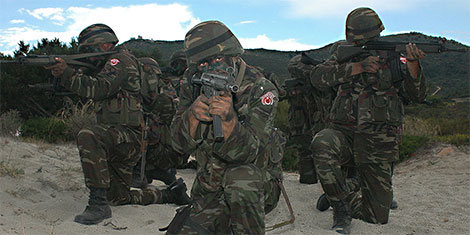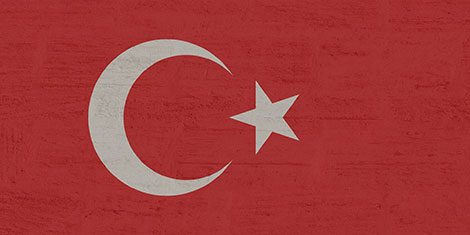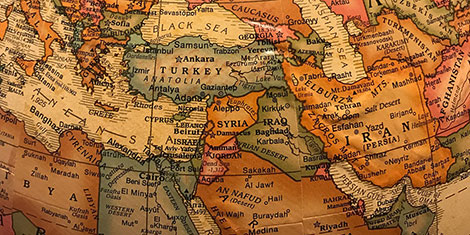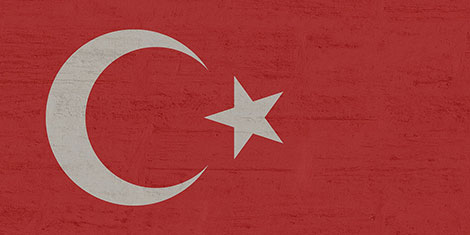
This article was originally published by the European Council on Foreign Relations (ECFR) on 25 January 2018.
What Turkey’s intervention means for Syria, the Kurds, and Ankara.

This article was originally published by the European Council on Foreign Relations (ECFR) on 25 January 2018.
What Turkey’s intervention means for Syria, the Kurds, and Ankara.

This article was originally published by Geopolitical Futures on 26 January 2018.
Less than a week after Turkey began its invasion of Afrin – the northwestern pocket of Syria that borders Turkey and is controlled by the Kurdish People’s Protection Units, or YPG – NATO has voiced its consent of the operation. On a visit to Istanbul, NATO Deputy Secretary General Rose Gottemoeller told a Turkish newspaper that NATO recognizes the threat terrorism poses to Turkey. While the language Gottemoeller used wasn’t highly specific, she was referring to the threat posed to Turkey by the Kurdistan Workers’ Party, or PKK, an internationally recognized terrorist group. Over the past three decades, the PKK has led an insurgency that has caused the deaths of roughly 40,000 people.

This article was originally published by the Foreign Policy Research Institute (FPRI) on 27 November 2017.
The possible creation of a new geopolitical reality in the Middle East may have snuck under the radar this holiday weekend. The continuing spectacle of the investigations into Russia’s possible involvement in the 2016 Election and the continued naming and shaming of corporate leaders and politicians involved in sexual harassment (as well as Thanksgiving), may have overshadowed the summit in Sochi between the Presidents of Russia, Turkey, and Iran, shortly after Syrian President Bashar al-Assad visited President Putin in the same city (and thanked him for “saving Syria”).

This article was published by the Council on Foreign Relations (CFR) on 2 October 2017.
It is not easy to follow what has been happening in Syria. After six years of war and between 300,000 and 400,000 people killed — with half the population displaced and a dizzying array of factions, foreign armies and extremist groups fighting — it is hard to know who shares what interest with whom or how the killing stops.
Over the last few weeks, the fight for Raqqa, the Islamic State’s Syrian capital, and the battle for Deir Ezzor, the gateway to Iraq and the location of oil fields, have heated up, but the intensity of fighting in some other parts of the country has diminished. This is because Syrian government forces and their allies — Hezbollah, Shia militias from Iraq, Iranian Revolutionary Guard Corps and Russian bombers — have taken and held territory. The Russians have also taken the lead in establishing “de-escalation zones” in parts of seven provinces and in eastern Ghouta near Damascus.

This article was originally published by Political Violence @ a Glance on 15 June 2017.
More than 30,000 foreign fighters from 100 countries have entered ongoing conflicts in Syria and Iraq since 2011. While the flow of these fighters has decreased dramatically over the past twelve months, two important concerns remain regarding foreign fighters. First, foreign fighters could radicalize rebel groups causing an escalation of violence in conflicts, lengthening their duration, and/or reducing opportunities for their resolution. Second, upon the conclusion of their participation in foreign conflicts, these fighters could try to return to their home countries and carry out deadly attacks. In two articles at Research & Politics and Journal of Conflict Resolution, we suggest that both of these concerns are easily exaggerated.
Previous studies present divided evidence as to whether foreign fighters aid or undermine the rebels that they join. On the one hand, data summarizing foreign fighter participation across the period 1900 to 2006 suggest that conflicts involving foreign fighters were more likely, on average, to conclude with insurgent victory than with government victory. On the other hand, in Chechnya, the arrival of foreign fighters perverted the goals of local rebels, negatively affecting their resource and recruitment bases and losing them support within local populations.